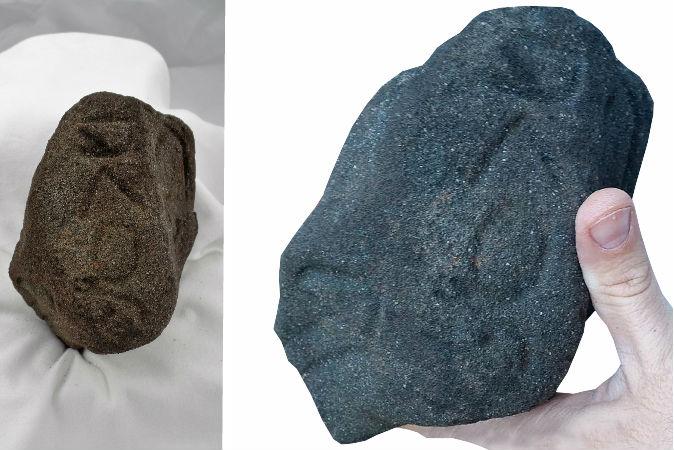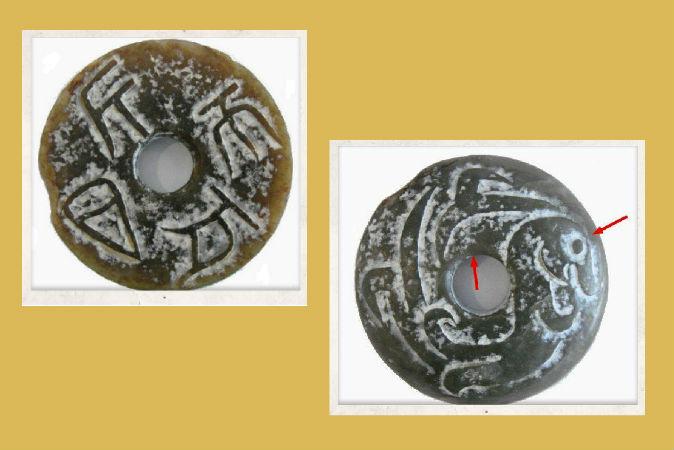History is slow to share its secrets, but did recently for a rural Jackson County man while clearing an area of his property. As a longtime resident and avid artifact collector, Tommy Rainey quickly realized he had found another unique piece to add to his collection of atypical North Georgia artifacts.
Jackson County and the surrounding area is rich with archaeological sites located along ancient pathways and waterways flowing to the Chattahoochee River, which traverses the length of the State on it’s way to the Gulf of Mexico.
One nearby unique site that illustrates the ancient history of the area is a rare structure composed of four earthen concentric circles, the largest being nearly 100 yards in diameter.
Rainey found a basalt artifact, 7-inches long and weighing only 23 ounces. The basalt is a soft volcanic rock that is easily shaped.
It has seven facets, each presenting a different appearance depending on how it is viewed. Is it a bird, the profile of a face, something else, or all of these?
Adding to the visual complexity are the incised geometric shapes and possible symbols on each surface. This leads to the questions, from which orientation should they be viewed and what do they represent?
The brain is remarkable in it’s relentless effort to interpret what something is by sorting through vast amounts of accumulated information to resolve the problem. Its decision, however, is based only on information it has stored.
While this is a simplistic explanation of a more complex psychological phenomenon known as Pereidolia—recognizing patterns, shapes, and familiar objects in a vague stimulus. It helps explain why different people see different things.



